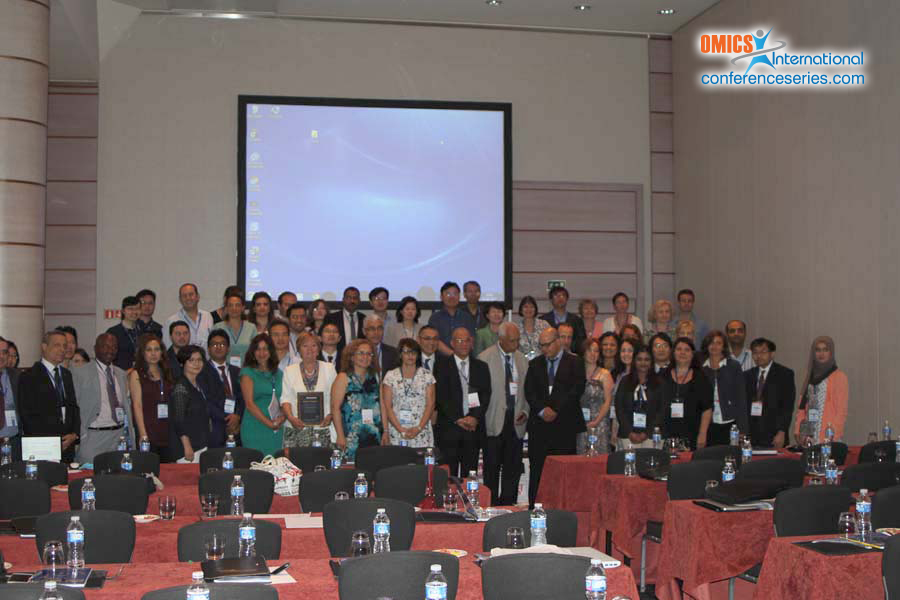
Hamdy Abdelkader
Kingston University, United Kingdom
Title: In situ gelling naltrexone hydrochloride films as a potential novel therapy for corneal healing disorders
Biography
Biography: Hamdy Abdelkader
Abstract
Corneal ulcers are common manifestations of a number of genetic (e.g. Familial corneal hypoesthesia), systemic (e.g. diabetes) and ocular (e.g. viral, drug toxicity and surgical) diseases. The standard treatment of corneal ulcers consists of a number of components including: maximizing preservative free topical lubricants, use of topical antibiotics and protecting the corneal surface with a bandage contact lens. However, even in combination these measures may be ineffective, and the outcome is often severe sight impairment. The aim of this study was to develop, characterise and clinically evaluate NTX in situ ocular films for effective and safe treatment of impaired corneal ulcers of different origins. The films were prepared from different amorphous polymers characterized for physicochemical compatibility, moisture-sorption, surface pH, mechanical properties, sterilisability, surface morphology, mucoadhesion, tolerability and accelerated stability at 40oC/75% relative humidity for 3 months. Glycerin (GLY)-plasticized films exhibited significantly better mechanical properties, compared with polyethylene glycol (PEG) 400 and triethylcitrate (TEC)-plasticized formulations. Superior mucoadhesion was recorded for F7 and F9 plasticised with GLY and PEG 400 respectively. The stability of NTX was significantly enhanced more than 18-times, compared with the solution form. Various corneal ulcers (atheromatous, viral and traumatic ulcers) were successfully treated and healed for a period not longer than 7 days, compared with several months for conventional therapy

